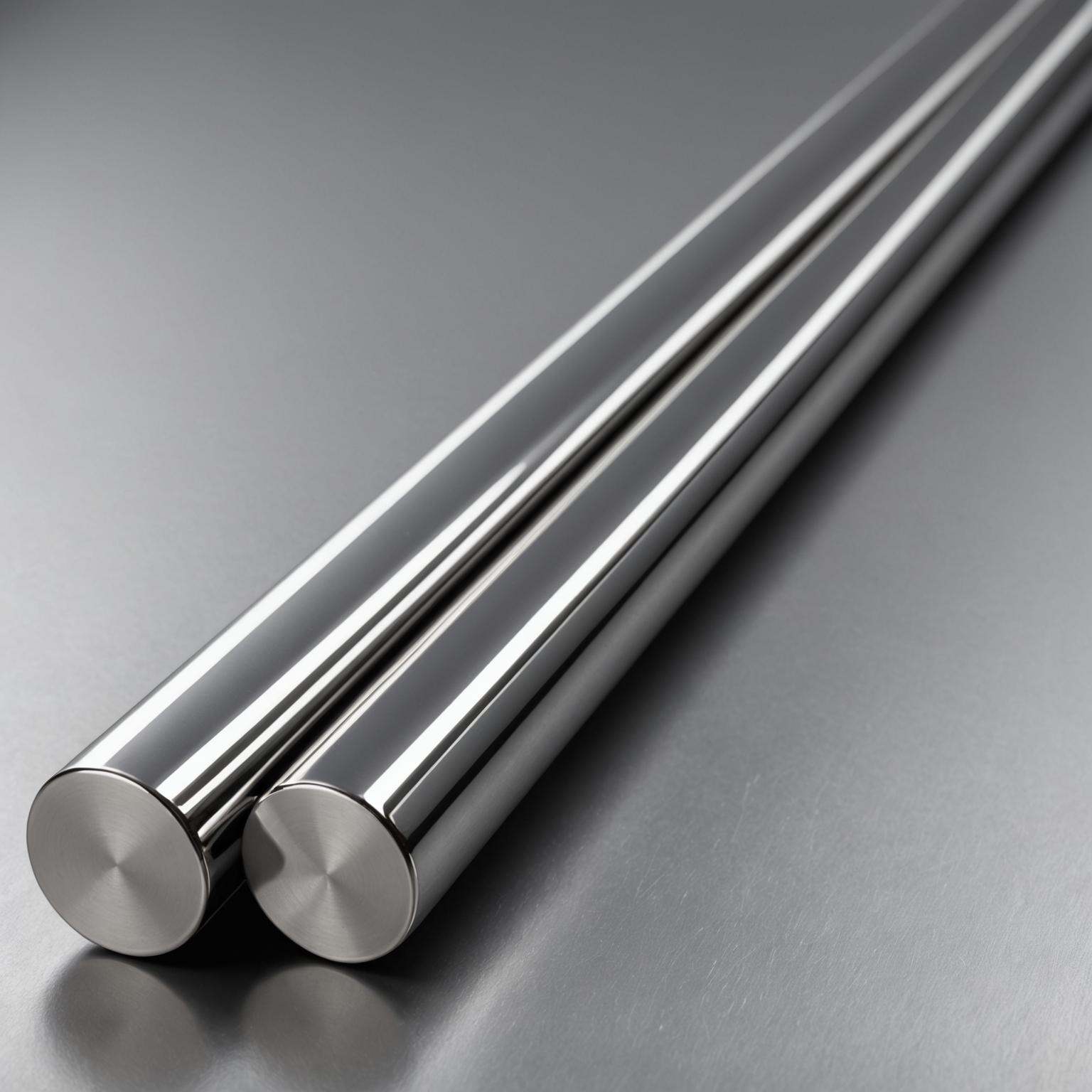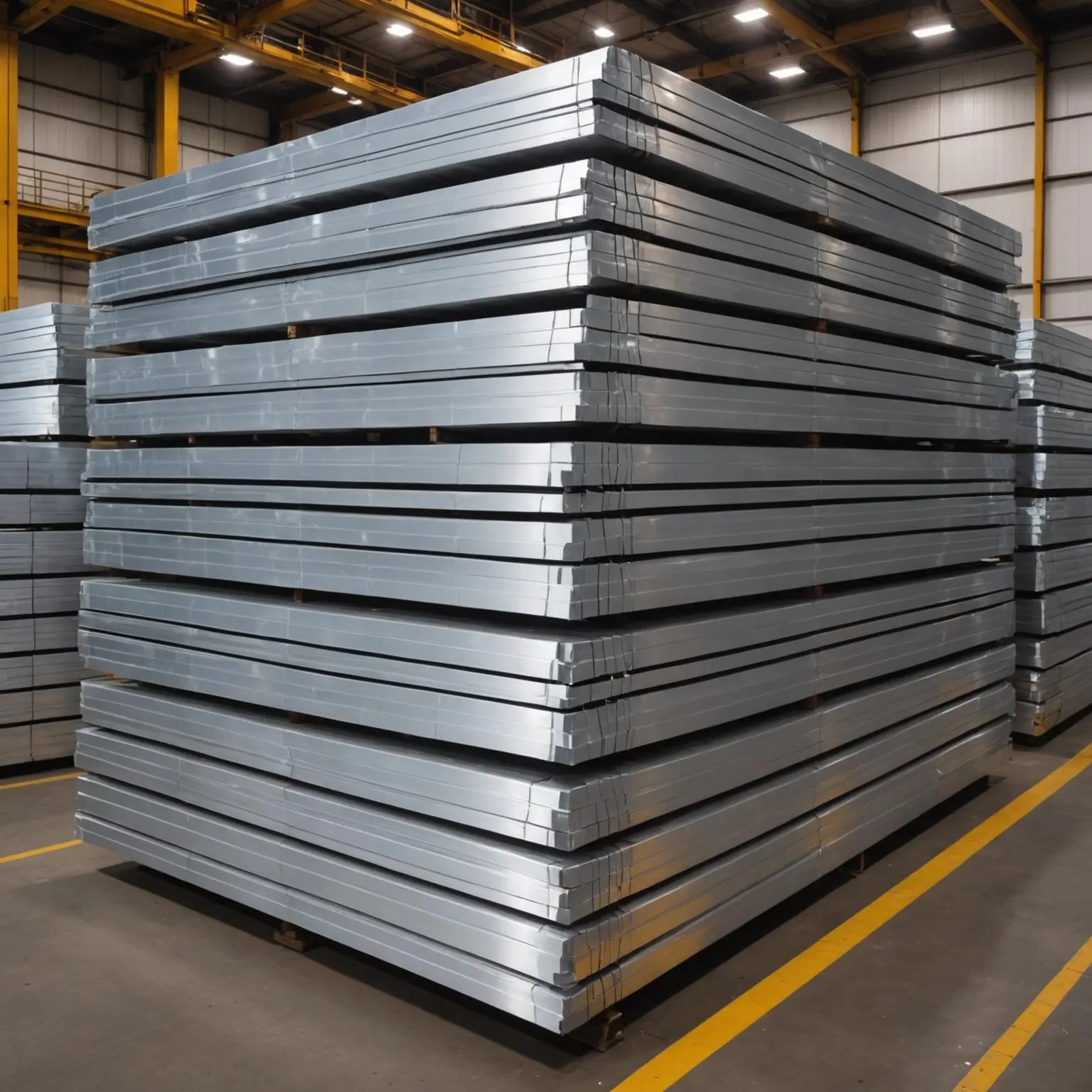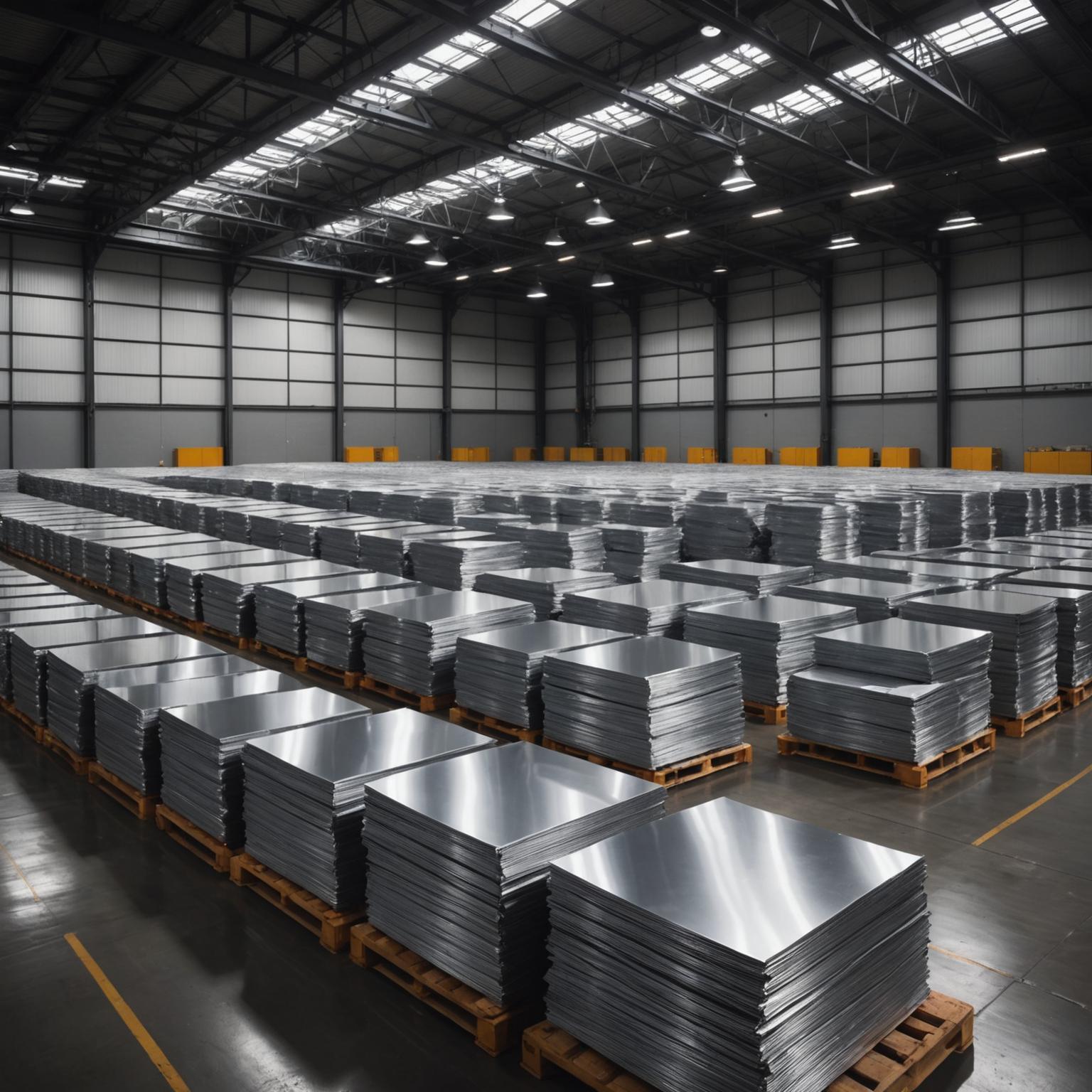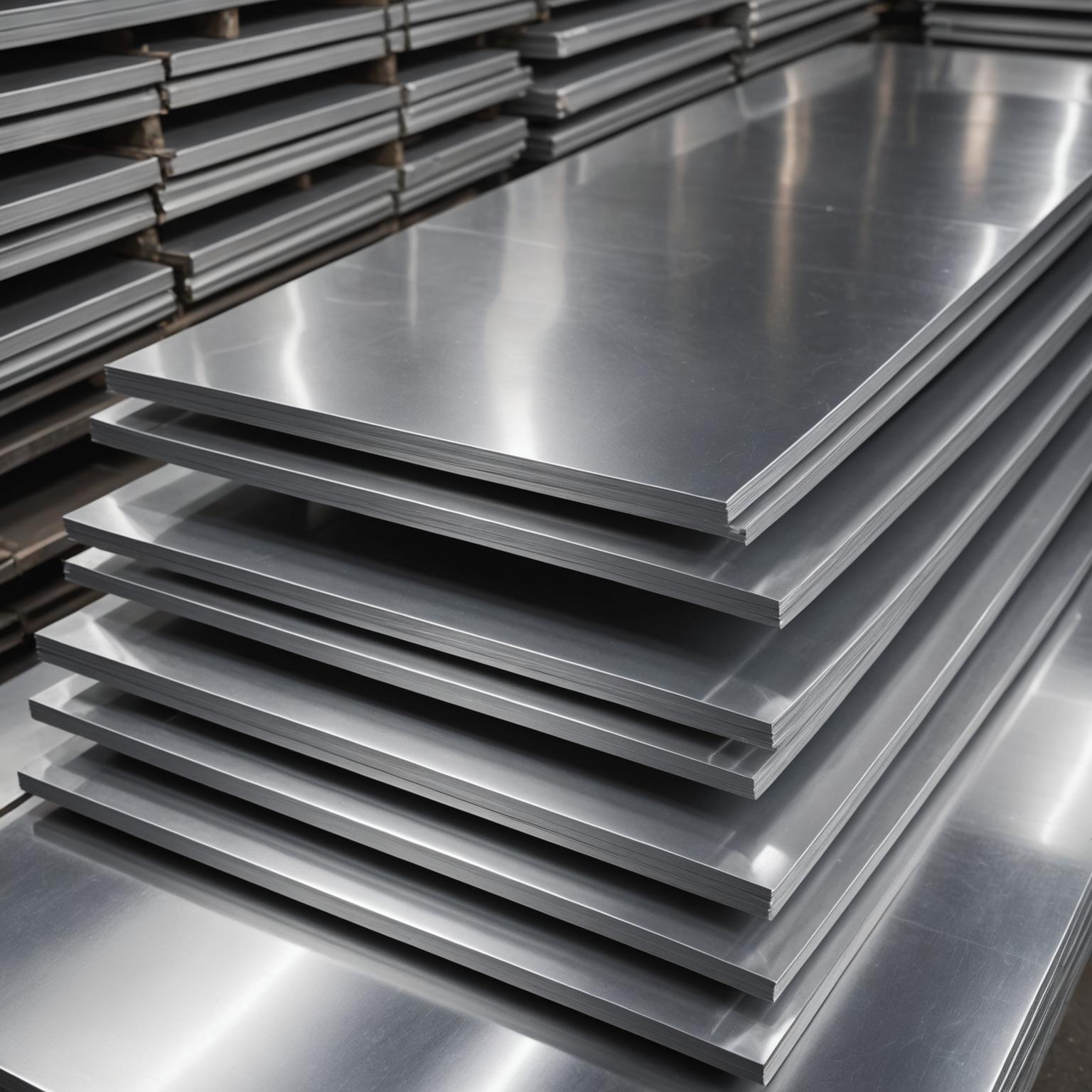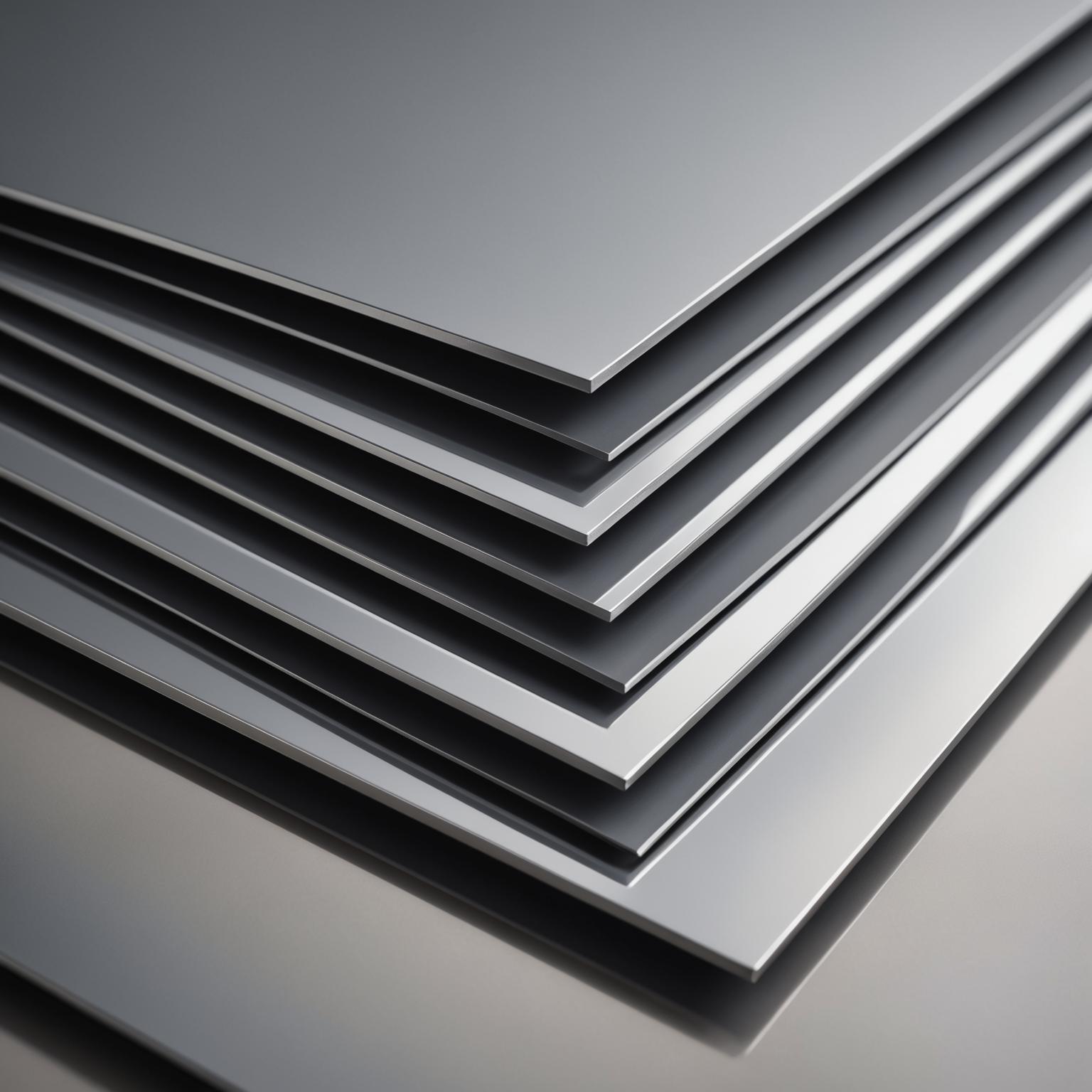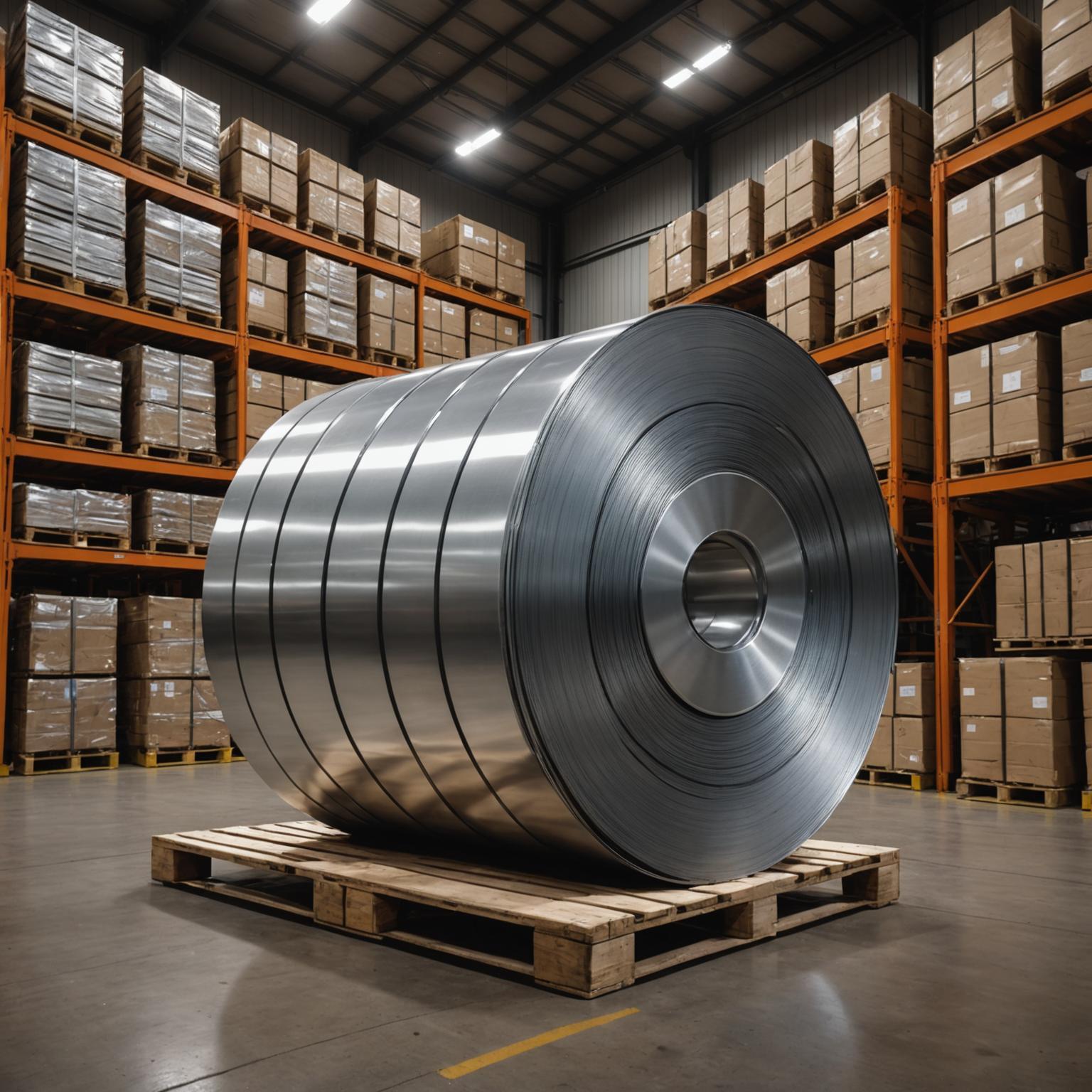Understand and combat post-weld corrosion
Welding is a fundamental process in many industries, adding metals to create structures and components that are integral to our daily lives. However, the common challenge posed by welding, especially after materials such as stainless steel, is the increased sensitivity to rust and corrosion. This phenomenon can damage the structural integrity, aesthetic appeal and overall life of the welded part. Understanding the root causes of post-weld corrosion and implementing effective strategies to prevent corrosion is critical to ensuring the life and performance of welding manufacturing. This article will conduct in-depth research on why the forms of rust appear after welding and explore comprehensive methods of how to prevent rust, focusing on the application of stainless steel materials.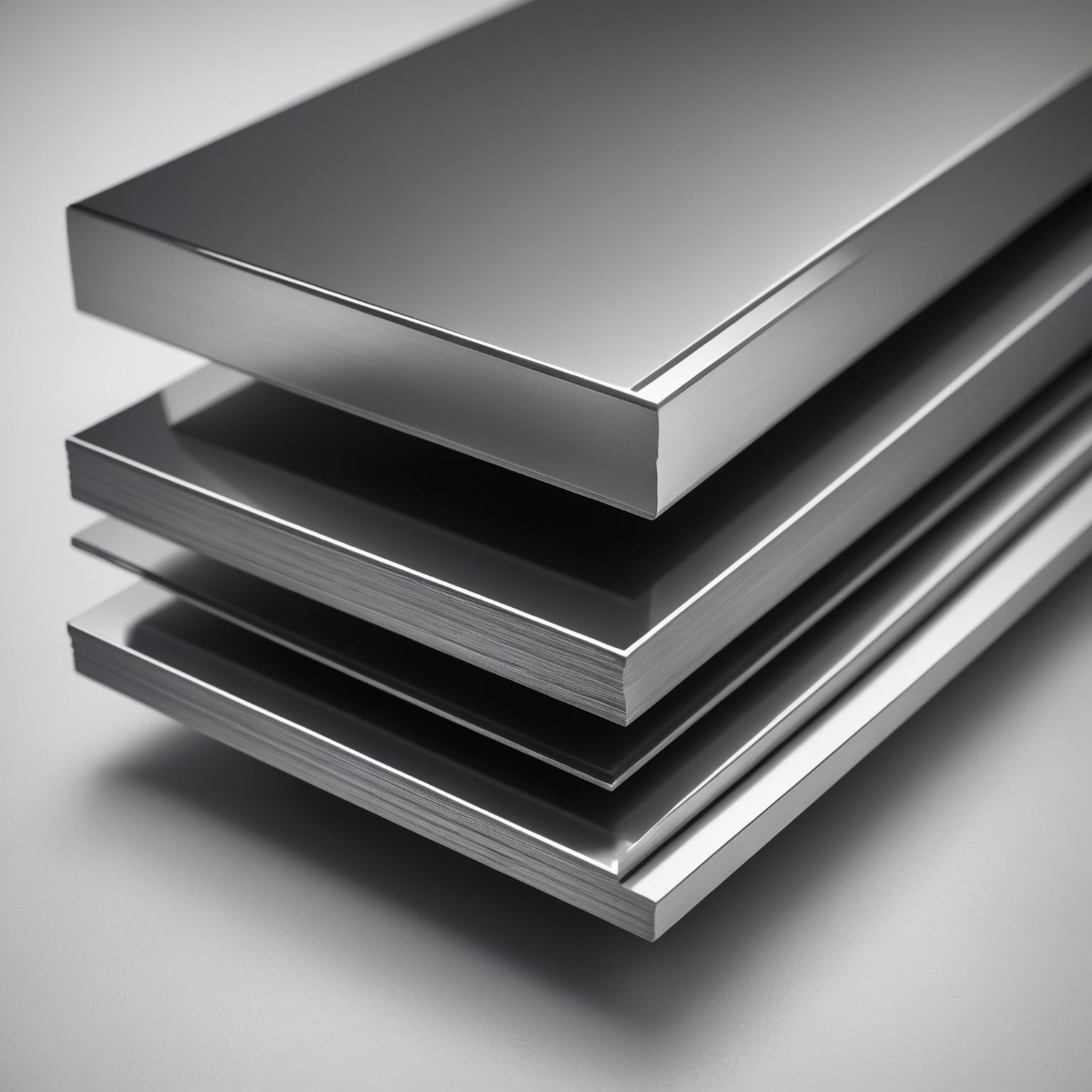
The culprit: Why does rust form after welding stainless steel?
Stainless steel is known for its corrosion resistance, mainly due to the presence of chromium, which forms a passive protective chromium oxide layer on its surface. However, the strong heat generated during welding will destroy the protective layer and change the microstructure of the stainless steel plate in the heat-affected zone (HAZ). A common problem is sensitization, when the steel is kept within a specific temperature range (typically 800°F to 1600°F or 425°C to 870°C), the carbides precipitate at the grain boundaries. This process depletes chromium from regions adjacent to the grain boundary, reducing their ability to form passive protective layers and making them susceptible to intergranular corrosion. Another factor is the formation of hot colors or welding meters, which are oxides formed on the surface during welding. These scales may have different compositions and properties than alkali metals and can capture contaminants or create gaps in gaps where corrosion can be initiated. In addition, residual stress caused by welding and contaminants caused by tools or environments can also lead to local corrosion problems after welding.
Proactive measures: Preparation for welding to prevent rust
Effective rust prevention starts even before welding arc impacts. It is crucial to prepare stainless steel plates correctly. This includes thorough cleaning of the surface to be welded. Any contaminants such as grease, oil, paint, dirt or existing rust must be removed. Using dedicated stainless steel cleaning tools (e.g., stainless steel wire brushes that have not been used on carbon steel) are critical to avoid cross contamination, which in itself can be a source of corrosion. It is also important to choose the right filler metal. The filler metal should be compatible with the basic material and in many cases may contain a higher alloy content to compensate for any dilution or loss of secondary elements during the welding process, thereby enhancing the corrosion resistance of the welding itself. Furthermore, proper joint design can minimize the areas where gaps and contaminants can accumulate, thereby reducing the risk of crevice corrosion after welding.
Shielding and Tips: Process welding techniques to minimize rust
In the welding process itself, several techniques can be used to minimize the factors that cause rust. Controlling heat input is crucial. Excessive heat can amplify the danger and increase the possibility of sensitization and distortion. Using appropriate welding parameters and techniques, such as faster travel speeds or pulse current welding, can help manage heat. Proper shielding gas coverage is also crucial. Gases such as argon or argon mixture protect the molten welding pool and adjacent hot surfaces from oxygen and nitrogen in the atmosphere, thus preventing excessive oxidation and forming harmful welding scales. The choice of shielding gas and its flow rate must be optimized for specific stainless steel grades and welding processes. It is often necessary to introduce shielding gas into the back of the weld, which is usually necessary, especially for full penetration welding on stainless steel plates to prevent root oxidation of the weld, which can seriously damage corrosion resistance.
Perfect after welding: a treatment for ensuring rust-free finish
The steps taken after welding can be said to be the most direct step to solve how to prevent rust. Immediate post-weld cleaning is essential to remove any welding scales, sputtering and heat. Mechanical cleaning methods include grinding, brushing teeth (with stainless steel brushes) and abrasives. Chemical cleaning methods (such as pickling) are very effective. Marinating involves coating an acid solution (usually a mixture of mononitro and hydrofluoric acid) that removes the heat, proportion and chrome-plated layers from the surface, thereby restoring corrosion resistance. After marinating, thorough rinsing and neutralization are crucial. After cleaning, passivation is a common and highly recommended treatment for stainless steel. Passivation involves treating stainless steel sheets with gentle oxidants such as nitric acid or citric acid solution to enhance spontaneous formation of the passive oxide layer. This layer is key to the excellent corrosion resistance of stainless steel. It is important to note that passivation does not eliminate the proportion. It enhances the passive membrane on an already clean surface. For some applications, applying protective coatings can provide additional barriers to corrosive environments, although this is less common for stainless steel, which is often chosen for its inherent resistance.
Long-term vigilance: Maintain and inspect continuous protection
Even with the best welded seams, process and post-welding treatment, the long-term integrity of the welded stainless steel structure depends on proper maintenance and inspection. Regular cleaning of stainless steel plates, especially in environments where chlorides are prone to exposure (e.g., coastal areas, de-icing salt environments), helps prevent the accumulation of corrosive sediments. Cleaning systems should be tailored to specific environments and applications. Regular visual inspections are critical for any early signs of discoloration, spots or rust. If any signs of corrosion are detected after welding, timely remedies for local cleaning, re-maintenance or repair can prevent further deterioration. By following these comprehensive steps through hard work, from initial preparation to long-term maintenance, the challenge of rusting after welding stainless steel can be effectively managed, ensuring that the manufactured components maintain their structural integrity, aesthetic quality, and provide the expected service life.



